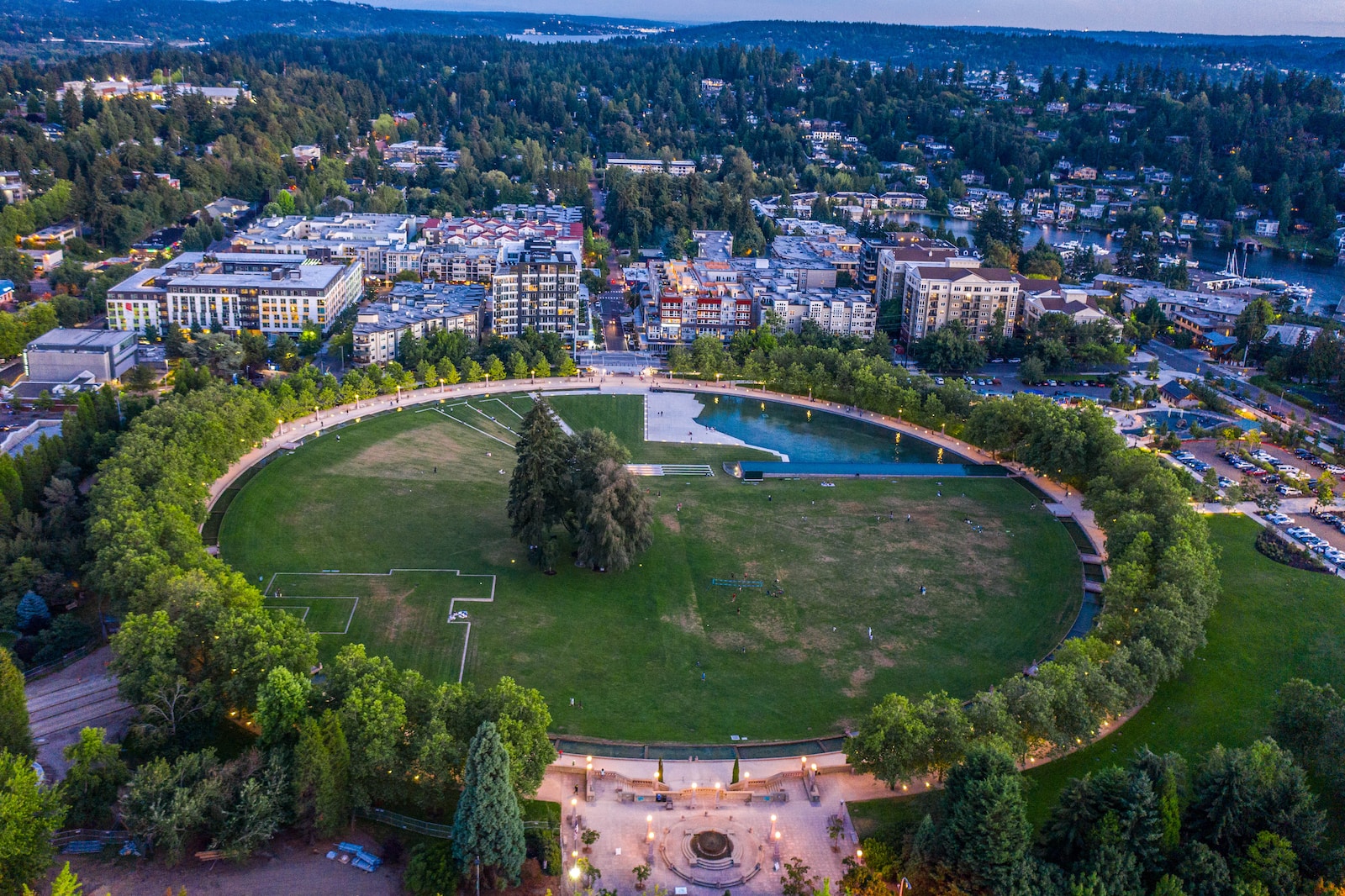As urban areas grow, green spaces with mature trees become even more important havens. Parks and treed areas in cities provide interconnected benefits that can profoundly enrich wildlife and human health.
The Benefits of Urban Trees
From small saplings to ancient oaks, trees beautify neighborhoods but also improve environments. Urban trees help in many ways:
- Removing air pollution and storing carbon dioxide
- Cooling hot summer temperatures
- Filtering and cleaning water before it enters watersheds
- Providing habitat for birds, squirrels, and pollinators
Studies show large, mature trees do much more than saplings for air, water, climate, biodiversity, and more. Preserving ancient trees and old-growth areas is crucial.
Parks Enhance Wellbeing
Parks go hand-in-hand with urban forests. Dedicated recreation areas let community members enjoy nature’s gifts directly. Parks also allow vital habitats to persist despite cities’ sprawls.
Whether small playgrounds or vast nature reserves, urban parks confer both physical and mental health gains. From kids playing on monkey bars to adults walking dogs or having picnics, parks encourage activity and social connections. These boost overall wellness and longevity.
Expanding Green Canopies
Many cities have goals to ramp up tree canopy percentages across neighborhoods. Expanding treed parks and green corridors connect more residents to nature’s benefits.
Strategically planting diverse, climate-hardy trees along sidewalks, yards, parking lots, and more can grow canopy cover. Thoughtful placement captures and filtrates more rainfall too, improving watersheds.
Protecting existing trees through policies and stewardship ensures communities bank their many dividends for decades ahead. Our health and our planet depend on living long among green, growing things.

